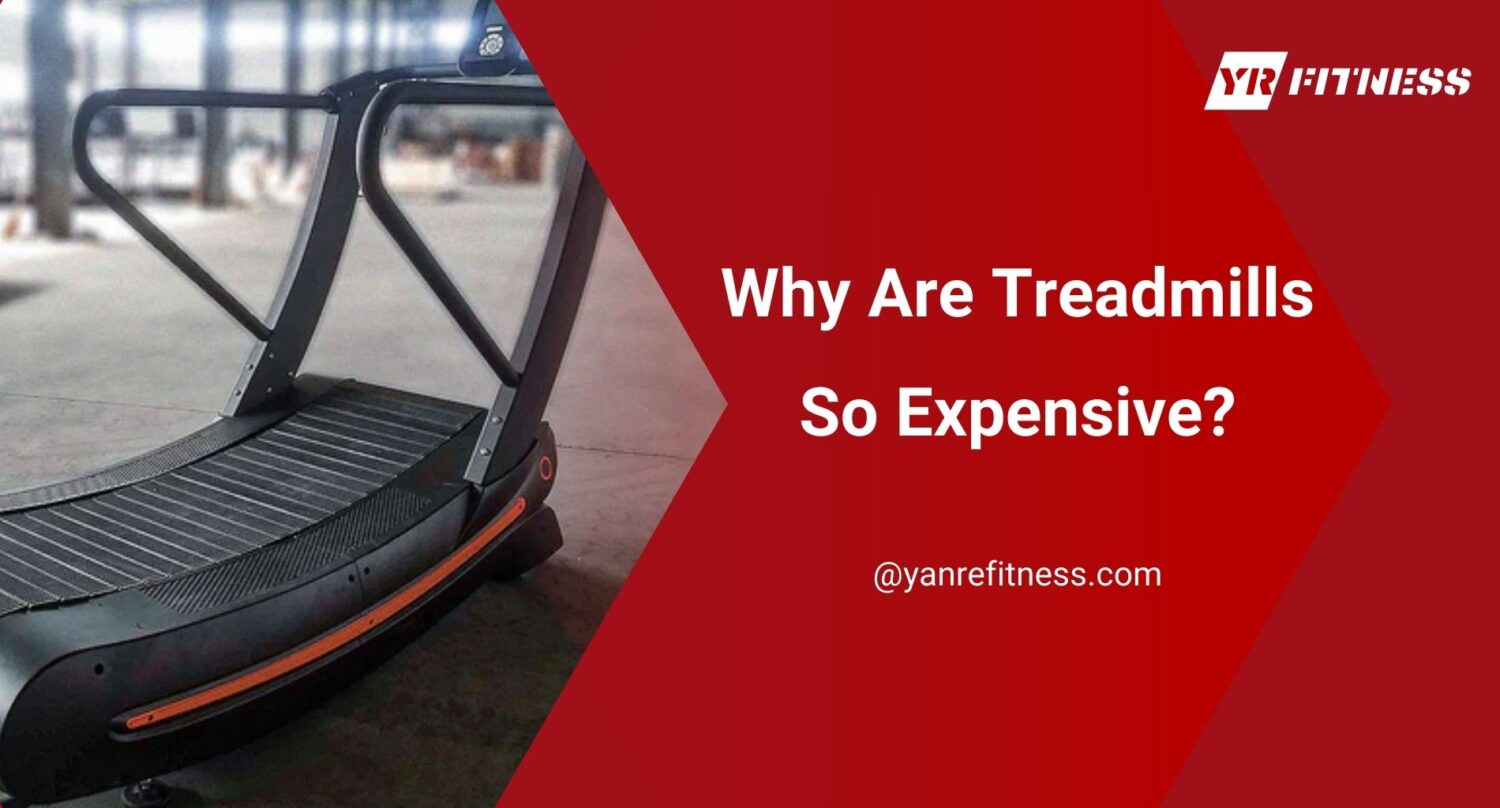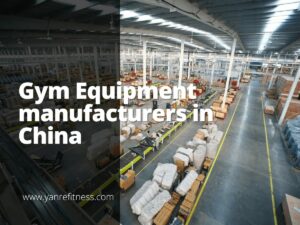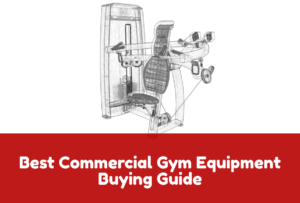Back when I opened my training studio, the first big expense was a treadmill. I remember looking at the price and thinking, how on earth does this cost more than a motorcycle?
That question stayed with me for weeks, and I finally decided to get answers.
After years of buying, testing, and consulting on commercial fitness gear, I’ve learned what pushes treadmill prices up, and when it’s worth paying. My review pulls from both research and real-life business decisions.
In this article, you’ll learn why some treadmills are so expensive, where the hidden costs lie, and how to avoid falling into overpriced traps. If you want to make a smart buy, this will guide you.
Lets start!
Table of Contents
- 1. Core Factors Driving Up Treadmill Prices
- 2. Key Components That Inflate Prices
- 3. The Hidden Costs Behind Treadmills
- 4. The Risk of Cheap Treadmills
- 5. Market Trends Impacting Treadmill Prices
- 6. Estimated Treadmill Prices by Type and Use Case
- 7. How to Choose Cost-Effective Treadmills for Your Business
- Conclusion
1. Core Factors Driving Up Treadmill Prices
It’s easy to assume a treadmill is just a treadmill, belt, motor, buttons, and you’re good to go. But once you look at models made specifically for business use, the price tells a different story. This section breaks down the core factors that make commercial-grade treadmills a far bigger investment than their home-use cousins.
Commercial-Grade Durability
A treadmill in a home might see 30–60 minutes of use a day. In a facility setting, that number jumps to 6, sometimes even 12 hours daily. That’s a massive difference in wear and tear. To keep up, commercial treadmills use reinforced frames, industrial-grade belts, and high-end materials throughout. I’ve seen machines hold up for years under punishing schedules, and that kind of build doesn’t come cheap.
Warranty and After-Sales Support
When you buy commercial, you’re not just paying for the equipment, you’re paying for guaranteed uptime. YR Fitness threadmills are backed by service networks that send out techs fast when something goes wrong. That support system is built into the price, and honestly, it should be.
I’ve had situations where one call led to same-week repairs with no questions asked. That kind of service matters when downtime affects dozens of users.
Performance Requirements
Commercial treadmills aren’t just heavier, they’re built to handle a wider range of bodies and paces without lag, especially when compared to budget-friendly steppers designed for compact, low-intensity use. They need to be smooth at every speed and stable under every step. I’ve tested units where the incline stayed level and the motor stayed cool even after back-to-back use. That kind of reliability comes from stronger components, better engineering, and higher build tolerances.
Compliance and Certifications
It’s easy to overlook, but safety regulations can make a serious impact on cost. For commercial use, treadmills have to meet certifications for everything from fire safety to electrical interference. That means extra testing, tighter manufacturing controls, and higher compliance fees. I’ve had to reject equipment before that didn’t meet local standards, and it’s not a fun process. Working with a reputable commercial gym equipment manufacturer helps ensure your machines meet these regulations and save you costly headaches down the line.
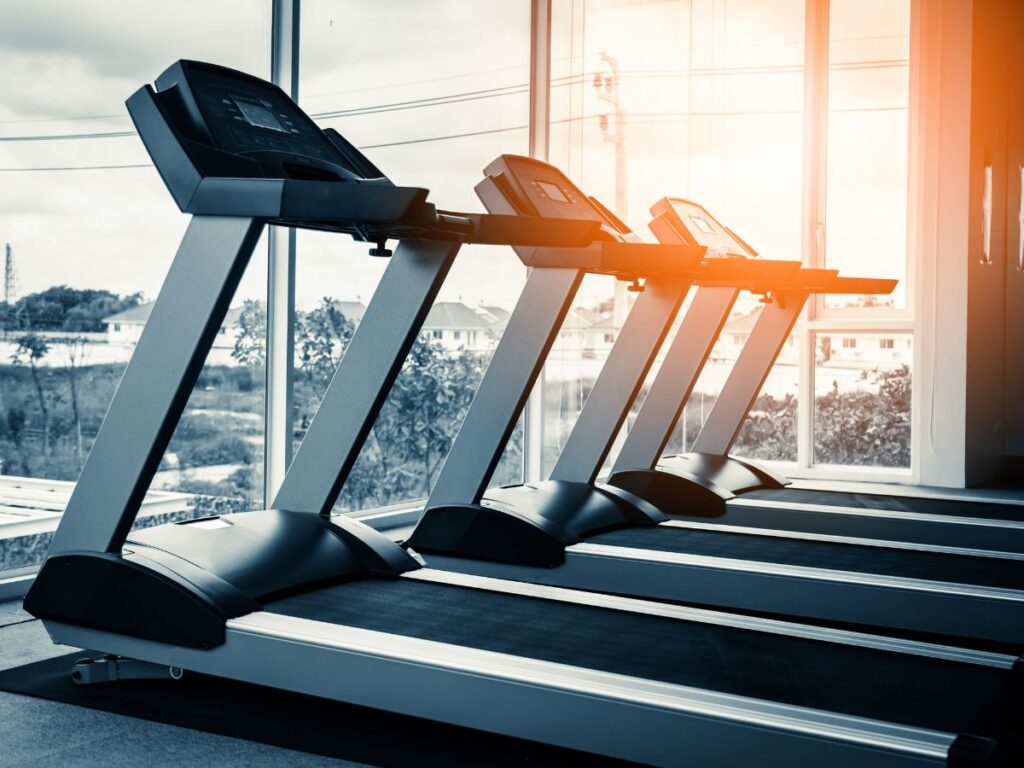
Wondering why commercial treadmills cost so much more than home models? The right machine is an investment that saves you headaches down the road. Contact us here if you’d like help understanding what features you really need—and what you can skip—to keep costs in check.
2. Key Components That Inflate Prices
After comparing dozens of models side-by-side over the years, I started noticing which parts had the biggest impact on cost. And it’s not fluff or luxury features, it’s the core components that keep the machine running reliably, day in and day out.
- Heavy-Duty Motors: Commercial treadmills often have motors rated 3.5 HP and above. These motors are designed to handle continuous high-speed use without overheating or failing mid-session.
- Reinforced Frame and Deck: The frame has to stay stable, even with 300+ lb users running at full speed. That means thicker steel, multi-layer decks, and better vibration damping, which adds material and shipping cost.
- Advanced Cushioning Systems: Good shock absorption prevents joint strain, especially for older or heavier users. Multi-zone cushioning systems use layers of rubber or air pockets, which cost more than basic foam strips.
- Smart Consoles and Touchscreens: Businesses want connectivity, performance tracking, and entertainment options. These features often include embedded apps, Wi-Fi, Bluetooth, and high-definition screens.
- Incline and Decline Mechanisms: Commercial units offer powered incline and decline with smooth transitions. The components that drive these adjustments, plus the calibration tech behind them, aren’t cheap.
- Cooling and Ventilation for Motors: Fans, heat sinks, and venting systems extend the life of the motor. These small additions prevent breakdowns and keep machines operational longer.
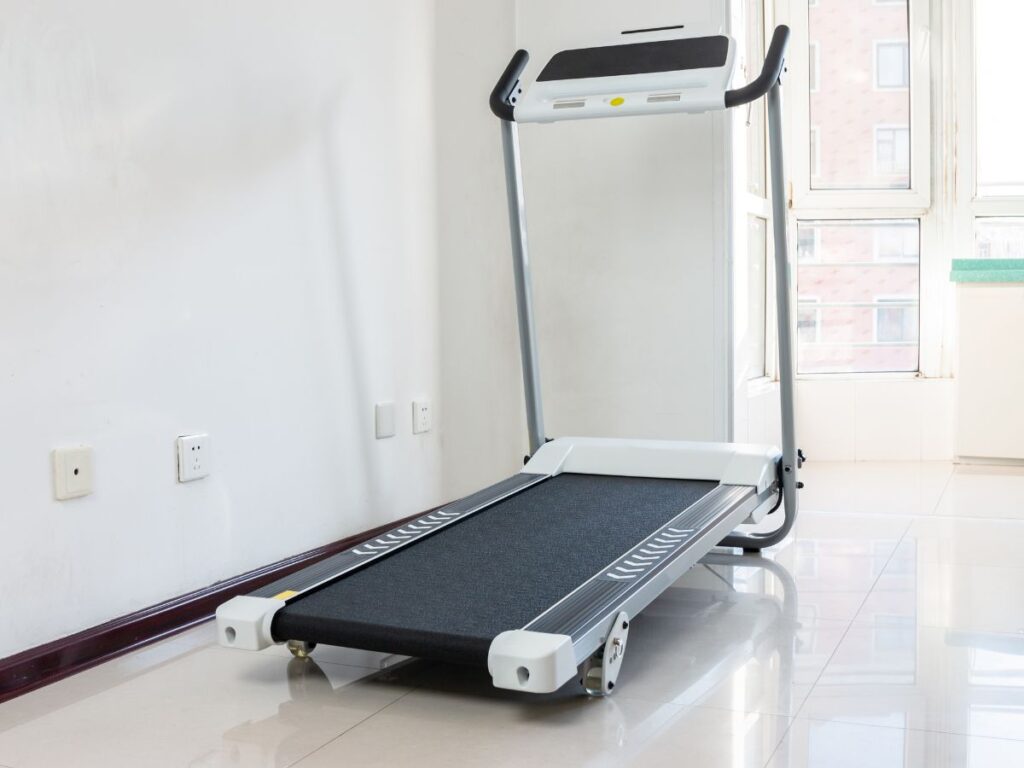
Feeling overwhelmed by the tech specs and high price tags on commercial treadmills? We’ve helped plenty of businesses choose machines that balance solid performance without overspending on bells and whistles. Click here if you’d like guidance picking treadmills with the right components for your gym.
3. The Hidden Costs Behind Treadmills
Buying the treadmill is just the beginning. Over time, I’ve run into all sorts of costs that don’t show up on the product page, but definitely show up on your budget sheet. They’re the kind of details that no one talks about upfront, but every business eventually faces. Once you know what to look out for, it’s much easier to plan ahead and avoid unpleasant surprises.
- Shipping and Installation: These machines are heavy and awkward to move. White glove delivery, professional assembly, and freight charges can easily add hundreds of dollars.
- Extended Warranties and Service Contracts: For peace of mind, businesses often tack on extended service plans. While useful, these can inflate the cost by 10–20% or more.
- Flooring and Electrical Setup: Some treadmills require dedicated circuits or reinforced flooring. That might mean hiring electricians or modifying rooms just to accommodate the machines.
- Software Licenses and Updates: Interactive consoles sometimes come with monthly fees for content, usage analytics, or remote diagnostics. These subscriptions aren’t always obvious upfront.
- Downtime Costs: If a treadmill breaks down and takes weeks to fix, that’s lost usage. For membership-driven businesses, that loss adds up fast in missed workouts and frustrated users.
- Storage and Staging Expenses: When treadmills arrive before your space is ready, you might need temporary storage or on-site staging. I’ve had to rent extra space just to keep equipment safe until installation day.
Hidden costs like shipping, setup, and software fees can turn a “good deal” into a budget-buster fast. We’ve helped businesses plan smarter to avoid surprise expenses. Talk to us here if you’d like help calculating the true cost of your treadmill investment.
4. The Risk of Cheap Treadmills
It’s tempting to go for a cheaper treadmill when you’re facing a tight equipment budget, I’ve been in that position myself. But the short-term savings often come at the cost of long-term frustration. Here’s what to expect when the price tag seems too good to be true.
Shorter Lifespan
Budget treadmills aren’t made to handle 8–10 hours of daily use. Their belts wear out quickly, motors overheat, and structural fatigue sets in faster. I’ve seen entry-level models start breaking down within months in a business setting. In the end, you’re spending more to replace what should have lasted years. What saves you money on day one often ends up costing more over the course of a year.
Inconsistent Performance
You get what you pay for in motor stability, belt tracking, and incline precision. Budget models often have jerky speed changes or underperform under heavier users, leading to poor user experiences. That kind of inconsistency doesn’t just affect the workout, it affects your business reputation.
I’ve watched users abandon these machines mid-session out of frustration. Eventually, even your staff loses confidence in the equipment, which creates a ripple effect.
Warranty Issues
Most consumer-grade machines exclude commercial use from warranty coverage. That means even a small business gym may be completely out of pocket for repairs, no matter how new the treadmill is. I’ve read the fine print after a failed repair attempt and realized we had zero support left. You don’t want to find that out when your busiest machine breaks down.
Lack of Spare Parts
Lower-end brands often discontinue parts or rely on overseas suppliers with long lead times. If a console or motor dies, finding a replacement can be more expensive than buying a new unit.
I’ve waited over a month for a simple belt replacement from a brand that didn’t stock anything locally. That delay meant one less available machine for our clients, and one more headache for the team. And if multiple machines break down, the operational gap becomes even harder to manage.
Liability Risk
When a cheaper treadmill breaks mid-use, whether it’s a belt slipping or sudden motor failure, the business could be liable. Safety matters more when multiple people are using the same equipment daily. If someone gets injured, you’re not just facing repair costs, you’re facing real consequences. For facilities open to the public or under institutional oversight, that kind of risk just isn’t worth it.
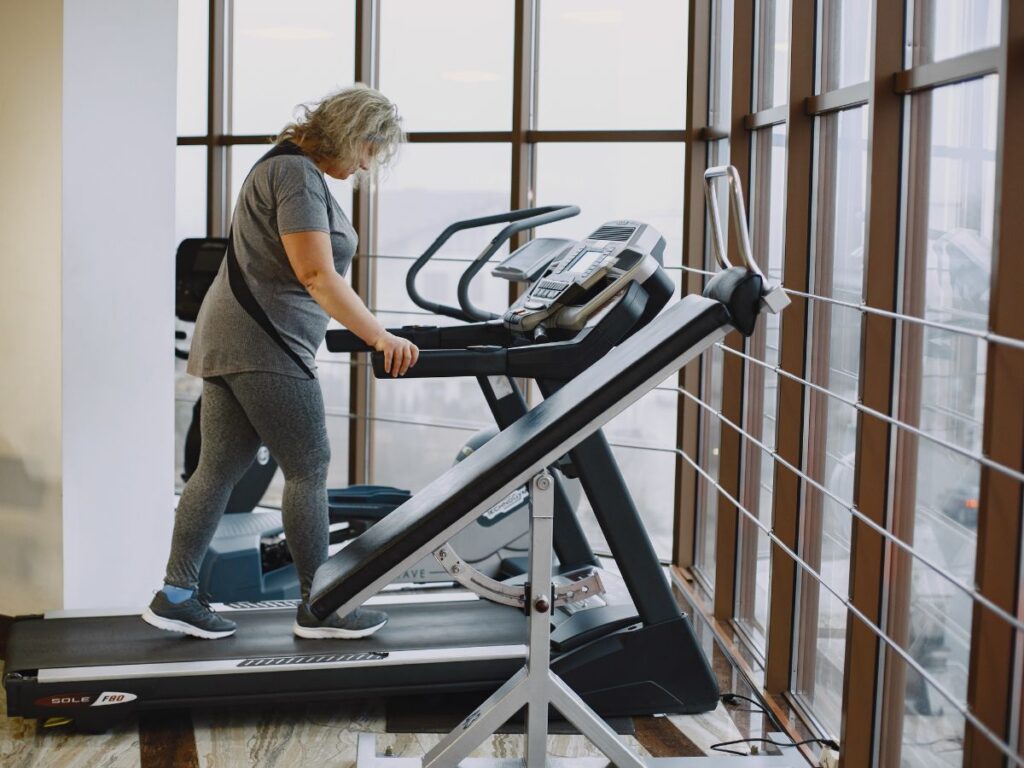
Tempted by cheaper treadmills but worried they might break down too soon? We’ve seen firsthand how buying low-cost machines can cost more in repairs, downtime, and lost clients. Reach out here if you’d like help finding affordable treadmills that actually last in commercial use.
5. Market Trends Impacting Treadmill Prices
I used to think treadmill prices only changed based on better motors or fancier screens. But year after year, I started noticing price jumps that had little to do with the machine itself. These shifts catch a lot of businesses off guard, especially when budgeting across multiple units.
Increased Demand from Non-Commercial Buyers
After the pandemic, corporate wellness programs and small-scale facilities started buying commercial-grade equipment. This added strain on supply and drove up pricing across the board, especially for durable, mid-tier models.
Manufacturers weren’t prepared for that kind of shift, which meant long wait times and fewer discounts. I saw price tags rise on units that hadn’t changed specs at all. When more buyers flood the same category, availability shrinks, and costs rise with it.
Component Shortages
Key components like motors, control boards, and steel tubing were affected by global supply chain issues. Even now, manufacturers are still playing catch-up, which keeps production costs high. I’ve had suppliers warn me ahead of time about delayed restocks due to part shortages. Some brands switched vendors just to stay in business, and that affected quality as well as price.
Smart Tech and Connectivity
Modern buyers expect connected features like performance tracking, virtual training, and touchscreen consoles. These technologies require constant updates and embedded licensing fees, pushing up baseline pricing.
Every year, it feels like the “standard” console gets smarter, and pricier, whether you want those features or not. I’ve had clients who didn’t even use the software but still had to pay extra for the built-in tech. The treadmill may stay the same, but the software behind it adds an invisible cost.
Global Shipping and Compliance Costs
Freight and container rates skyrocketed in recent years, and the ripple effects haven’t gone away. Even domestic treadmill brands often import key parts, so higher shipping costs get passed on to the buyer. At the same time, stricter energy and safety regulations have raised the bar for compliance.
That means new certifications, re-engineered motors, and extra manufacturing steps that all add up. I’ve seen “supply chain” and “eco compliance” become standard excuses for price hikes, and they’re not wrong.
Not sure how market shifts and global supply issues might affect your treadmill purchase? We’re tracking price trends and availability to help businesses stay ahead. Contact us here if you’d like insights before making a big equipment investment.
6. Estimated Treadmill Prices by Type and Use Case
Over time, I’ve built a general pricing framework that helps set expectations early on. It’s not perfect, but it’s saved me from overpaying or underbuying more than once. Use this table as a guide when comparing options for your space.
Treadmill Type | Typical Use Case | Estimated Price Range (USD) | Key Features |
Light Commercial Treadmill | Corporate gyms, hotels, rehab clinics | $1,500 – $3,000 | Basic durability, smaller running surface, moderate motor power (2.5–3.0 HP) |
Mid-Tier Commercial Treadmill | Schools, wellness studios, university gyms | $3,000 – $5,500 | Strong frame, higher weight capacity, incline, 3.0–4.0 HP motors |
Heavy-Duty Commercial Treadmill | Full-service gyms, busy fitness centers | $5,500 – $7,500 | Built for long hours, 4.0+ HP motors, large decks, reinforced shock systems |
Premium Performance Treadmill | Athletic training facilities, military, sports rehab | $7,500 – $12,000+ | Precision speed/incline control, high-end consoles, performance metrics, decline |
Manual Curved Treadmill | HIIT zones, sprint training, Functional Training boxes | $3,500 – $6,500 | No motor, user-powered, steel slat belt, very low maintenance |
Refurbished Commercial Treadmill | Budget builds, overflow units, short-term use | $1,800 – $4,000 | Fully inspected, new parts (belt/motor), usually 6–12 month warranty included |
Trying to figure out how much you should spend on a treadmill for your facility? Knowing typical price ranges can save you from overpaying—or under-buying and regretting it later. Click here if you’d like help matching the right treadmill tier to your business needs.
7. How to Choose Cost-Effective Treadmills for Your Business
Buying the right treadmill for your business isn’t about chasing the lowest price, it’s about making your dollars work harder. Cutting through the marketing noise and focusing on what matters most can save you from a lot of regret.
- Know Your Usage Needs: Think about how many hours per day the treadmill will be used, the user weight range, and your performance expectations. This helps avoid buying too many machines, or not enough.
- Stick to Commercial Warranties: Consumer-grade machines often void warranties in business settings. YR Fitness offers true commercial coverage that gives you the kind of support you need when problems hit at peak hours.
- Consider Refurbished or Floor Models: Certified pre-owned treadmills can give you premium features for far less. I’ve bought floor units with new belts and motors that lasted just as long as brand-new machines.
- Work with Local Distributors: Local partners usually offer better support, quicker repair turnaround, and lower freight costs. I’ve had great experiences just by being able to pick up the phone and speak to someone who knew my order.
- Compare Total Cost of Ownership: Don’t stop at the price tag, add in shipping, software fees, and maintenance over time. Some cheaper models end up costing more after just a year of operation.
- Focus on Build, Not Flash: Touchscreens and entertainment add cost without improving core function. Look for strong motors, durable frames, and proven running decks before worrying about the extras.
Choosing the right treadmill isn’t just about price—it’s about getting the best value over years of use. We’ve helped countless gyms and studios avoid costly mistakes and keep their equipment running strong. Talk to us here if you’d like personalized advice on picking treadmills that fit your budget and your business goals.
Conclusion
I didn’t expect a treadmill to cost more than a motorcycle, but now I understand why. After all, you’re not buying a gadget. You’re buying safety, uptime, and years of performance.
Now you know what to look for, and what to avoid.
So what’s next for your facility?
Are you ready to make confident, cost-effective choices that actually last?
Your goals don’t wait, and neither should you.
Contact YR Fitness today and take the first step toward smarter equipment planning.
Related articles:
